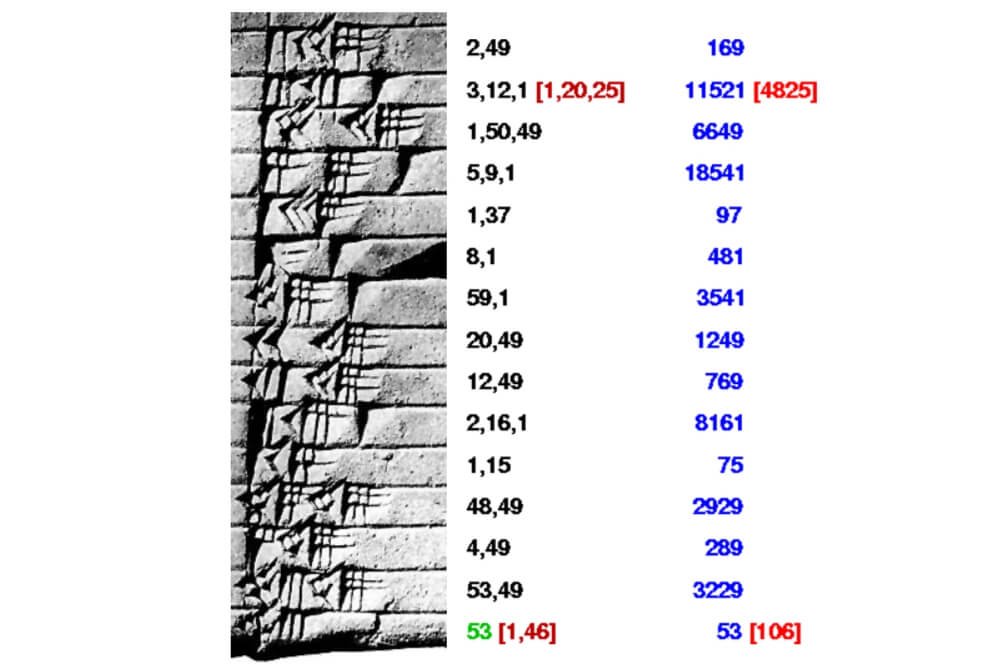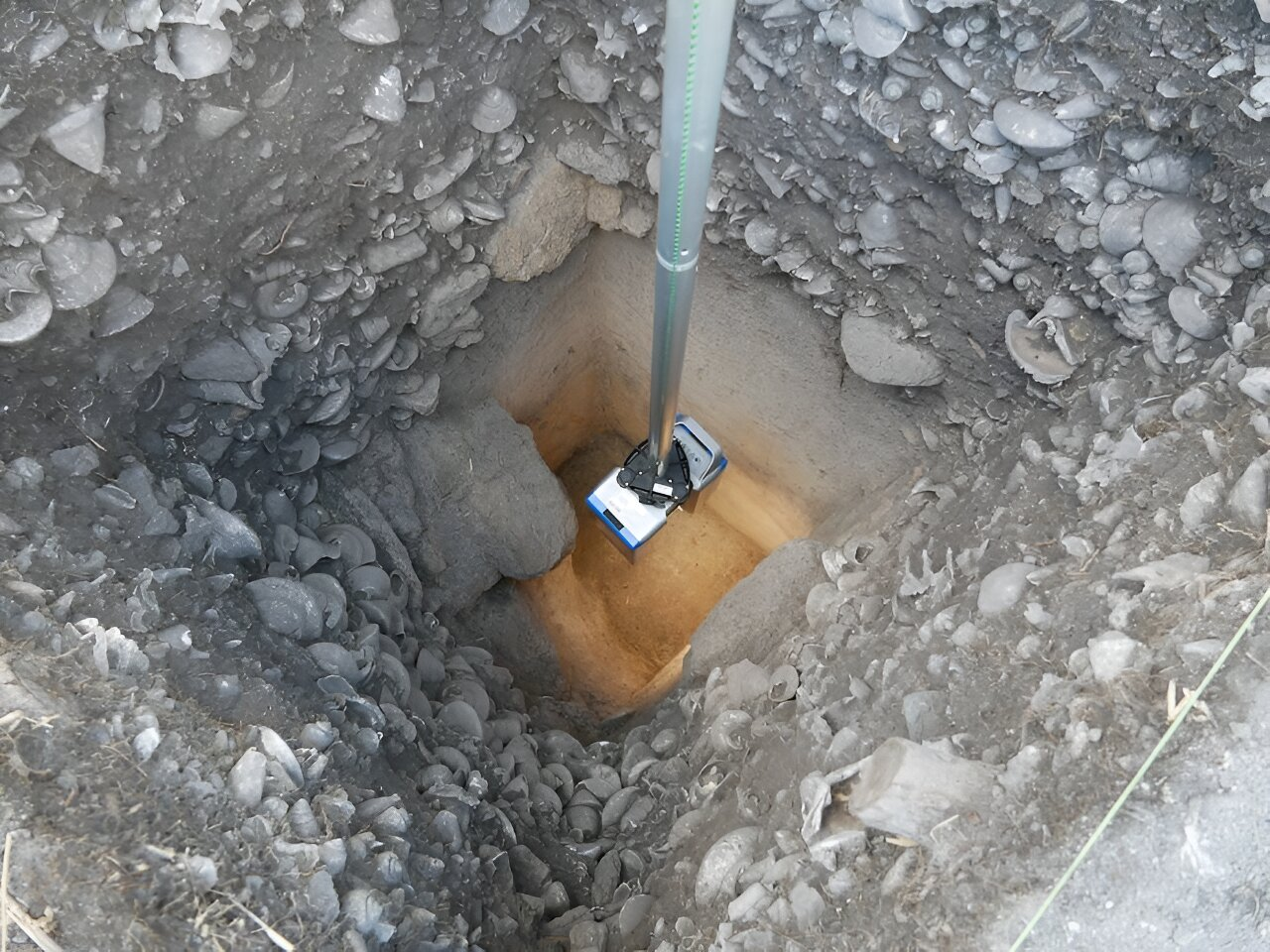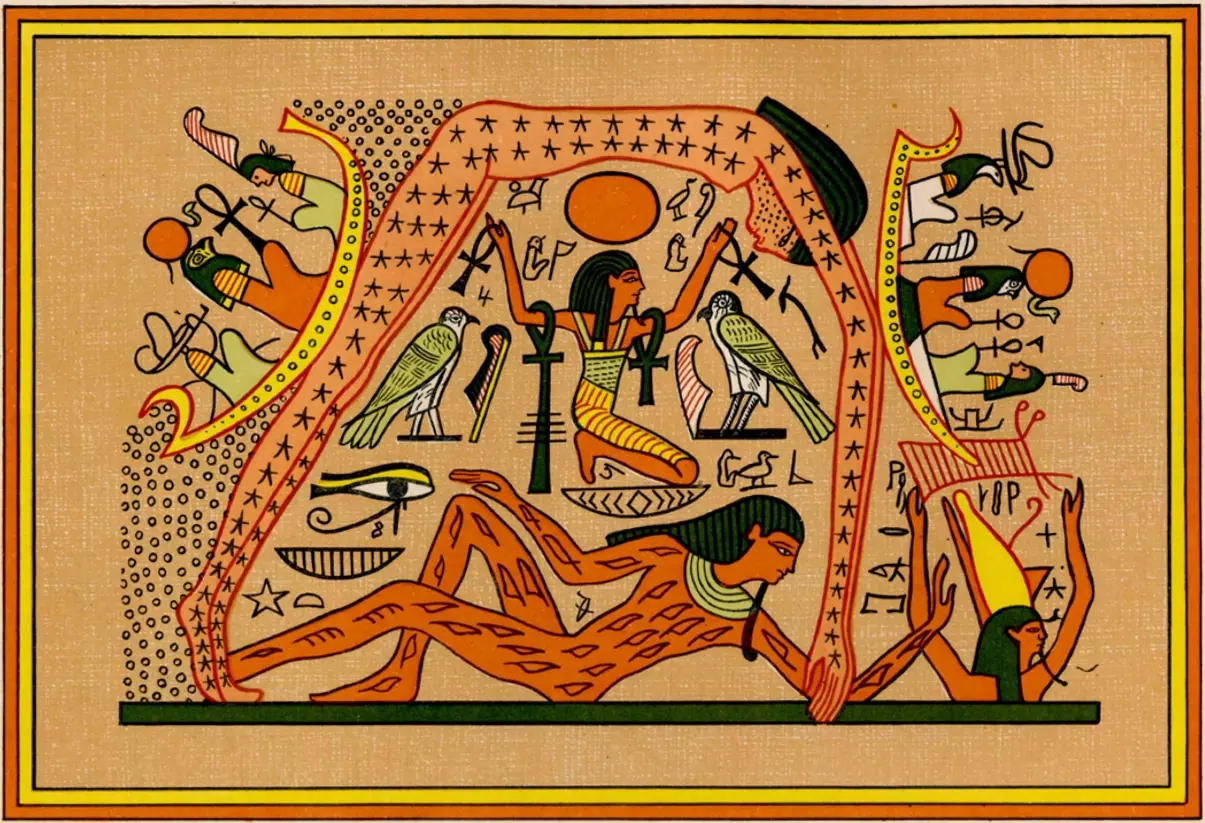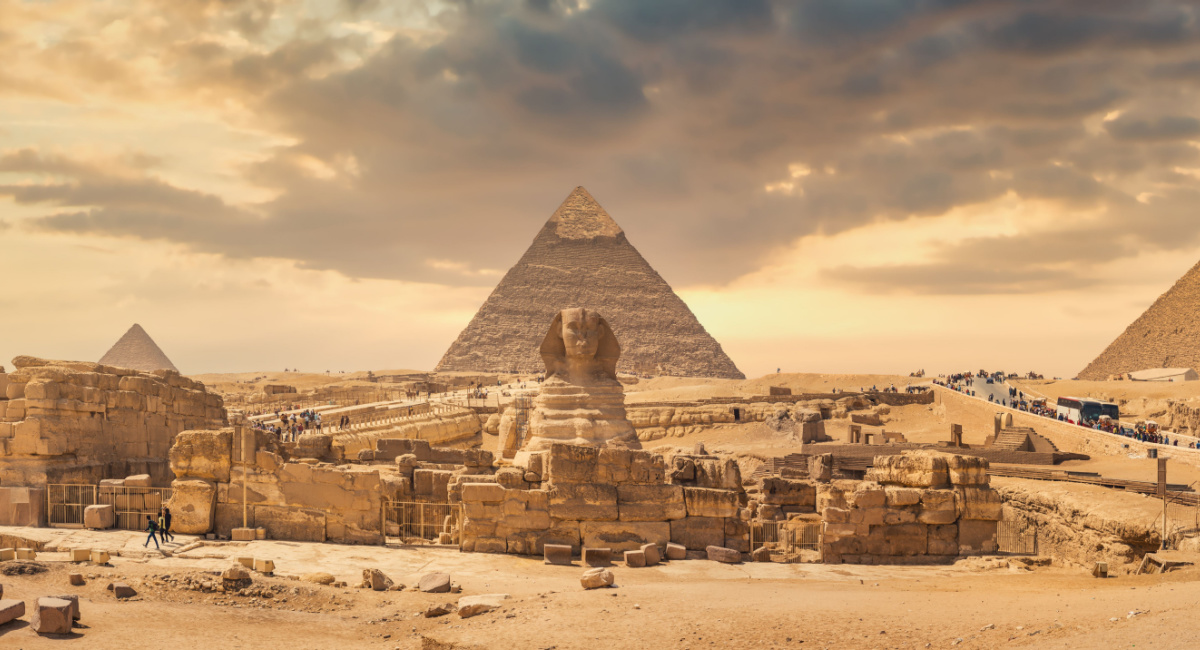Egyptians it must be remembered, often had two names. One was the name by which everybody knew him, for example, Imhotep. But then there was your real name, which only your mother knew. Because then if somebody tried to do a magical spell on you, and they used Imhotep, then the magic wouldn’t work since that is not your real name, your real name is known only to your mother. So there was a secret name.
So Isis learnt the secret name of Re, and thereby got power over him. So she is known as “She Who Knows Every One’s Name.” Power is in knowing the name so you could say the magical words.
Elements of Magic: Spell
There are different elements associated with a magical act.
First there’s the spell – words that are spoken. There’s a tendency to think that magic is just any mumbo jumbo that any magician wants to say. Contrary to this popular perception, there were basic principles of magic.
In the same way, you may not believe in astrology today. But certainly there is a right and a wrong way to do astrology, correct ways to draw charts, to plot the heavens. It may not be efficacious but there sure is a right and a wrong way, with some logic to it. Tt is the same with magic.
So in magic, one of the basic principles is that the word is the deed. In other words, if you say it—under the right conditions—it will become so. If we say “Oh, may I live forever” it might happen if we say it under the right conditions. So the word is the deed, is a basic principle, and that’s why the spell is so important.
Elements of Magic: Ritual
Next element of magic is the ritual associated with it, it is a little bit like theater. There is some performance involved in magic that makes it work. Sometimes, for example, it might be drawing the protective circle on the ground.
It must be remembered that the pharaoh’s name is written in a cartouche, an oval shape, which magically encircles his name. Encircling was very important, a crucial concept to the Egyptians.
For example, scorpions were a real fear in ancient Egypt, and there were plenty of them. So, there were spells to make sure that you wouldn’t be bitten at night as you slept. And what did you do? There was a spell to ward off the scorpions, but the most important thing was you took, or the magician took his wand. They were found in the shape and about the size of a large boomerang, usually made of bone or ivory with magical carvings on them. So, if you wanted to make sure that this spell worked against scorpions, the magician would take his wand, and while reciting this spell, he would draw around your bed in the dirt and there would be a circle protecting you. So that was a kind of ritual.
Elements of Magic: Magician
Next the magician is the third element. You cannot just find a magician’s wand and necessarily make it work, saying the magical words. The magician has to be a special person, in a sense he is a hero, he is controlling the forces of nature.
Often, magicians came from temples, and this is where it gets hard to separate a magician from a priest. Often magicians were indeed priests also. But somehow it seemed like they could do magic also, rather than just asking the gods.
For example, if you’ll remember in the Old Testament, when Pharaoh calls for his magicians, the word that is used in Coptic—the late form of Egyptian—and in the Coptic Bible, which still exists today, is sesperonch. That’s the word for magician in Coptic. Ses is “scribe,” per is “house,” and onch is “life.” These were “scribes of the House of Life.” These were priests who were schooled in the House of Life, which was a school associated with the temple.
Even today, we have the tradition in Egypt of the schools being attached to temples and mosques. Next to the mosque is a place of learning called “madrassas.” So the magician was a special person, sometimes a priest, but also a layman other times.
Often in the rural areas, where there were no large temples, no books available to look up things, then there were laymen filling in this role. These were the magicians who sort of made it up as they went along. Maybe not really schooled that well, but they could do it.
Common Questions about the Elements of the Magical Realm
Q: Who were the gods of magic in ancient Egypt?
Ancient Egypt had goddesses of magic; the gods who were associated with magic were women, so here Heka and Isis were the goddesses of magic.
Q: What are the three elements of magic?
The three elements of magic are spell, ritual, and the magician.
Q: What kind of magic wands were used in the ancient Egypt?
The ancient Egypt used magic wands that were found in the shape and about the size of a large boomerang, usually made of bone or ivory with magical carvings on them.












































